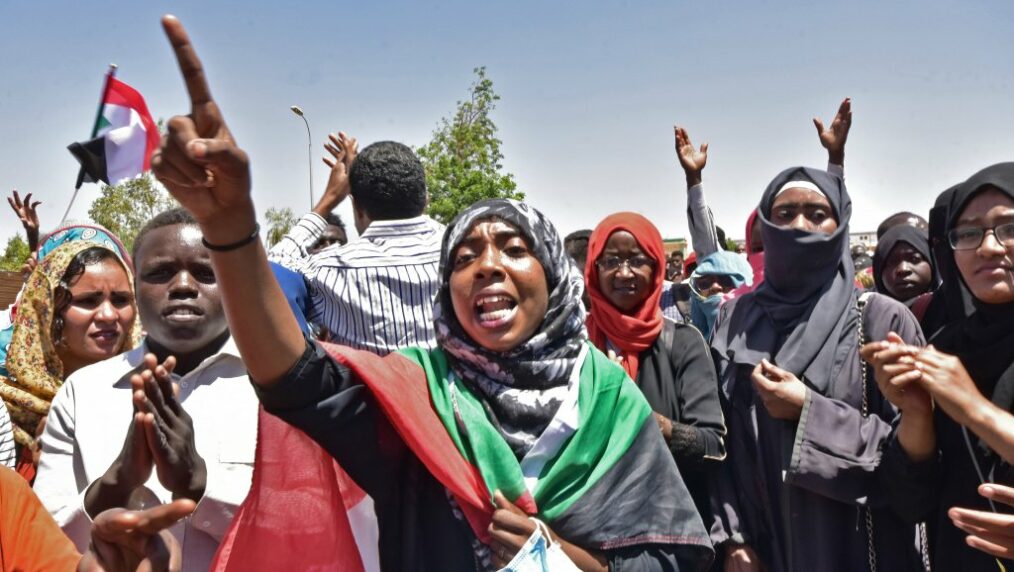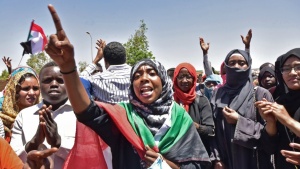Context
Over the past fifteen years, the Sahel and West Africa have become the hub of clandestine trafficking and the heart of the fundamentalist terrorist network. The proceeds of illicit trafficking (migrants, drugs, weapons, etc…) and the generous ransoms given by European governments to obtain the release of their citizens, victims of kidnappings, (mostly concentrated in the central-western Sahel), are fundamental sources of financing for terrorism.
The movements linked to Al Qaeda in the Islamist Maghreb (AQIM) and to Daesh are concentrating their tactical projection capacity in the Sahara and the Sahel, territories among the most difficult to manage on the planet in terms of size and climatic conditions, in order to establish an Islamist caliphate from the Atlantic Ocean to the Red Sea.
AQIM forces are currently present in Niger, Chad, Mali, and Mauritania, but the terrorist network is also easily gaining ground in other states such as Algeria and Tunisia due to successful recruitment drives. Their expansion is based on a strategy articulated in two phases. First, they’ve tried to progressively root themselves in the central-western Sahel. Second, following the gradual extension of their power into neighboring countries, they aim to attract greater finances and greater international media attention, attention only set to increase as Western countries continue to pump resources into stabilizing the area.
A Sahel caught between today’s structural weaknesses and future challenges
The most dramatic effects of recent extremist campaigns are suffered by the local populations, of whom the majority are far from radical in their beliefs. Two coups in Mali, in August 2020 and May 2021, have only accentuated the lack of local administration, the different governments’ inability to unite the country and its ethnic groups, the structural corruption, and the failed attempt to secretly negotiate with extremist parties.
Several factors have also caused great concern not only in Chad but throughout the Sahel region, exponentially increasing the perception of further regional instability. One factor is the recent death of the President of Chad Idriss Déby at the hands of militant forces on April 20, 2021. The other is the unreliability of governments like those of Mali and the Central African Republic, both of which are now witnessing the recent, drastic French decision to suspend years-long military cooperation.
Over the years, major powers such as the United States and Russia, as well as international organizations such as the United Nations and the European Union, have created different task forces and coalitions to liberate and stabilize the Sahel region, but largely without success.
How is it possible that such a concentration of forces, funds, and efforts has failed to assist the region in building more transparent and effective administrative management? The above-mentioned weaknesses, combined with corruption and lack of state services in local communities, water the increasingly fertile ground for extremist growth and strategic success.
The “multidimensional” international stability operations led by the United Nations, in theory certainly positive, have had negative effects causing instability and scandal. Missteps grew to the point of generating popular protests, in Congo and Mali for example, by the same population to be protected. They have done little to address the problems of local administration, overall security, societal inclusion, and community development.
Conclusion
In the future, the crisis in the Sahel could become increasingly serious in light of the previously-listed structural weaknesses and the growing fatigue of international allies. How should interested parties move forward? There are several hypothetical action plans at both the national and regional levels that could guarantee greater stability for the countries of the Sahel plagued by extremist violence.
First, following coalition failures and the withdrawal of France from Malian soil, the security community should encourage an increase and a change in peacekeeping commitments by organizations such as the UN and the EU, as well as the G5-Sahel (Mauritania, Mali, Niger, Burkina Faso, Chad) and the African Union.
At the regional level, it is essential to underline the fact that up to now military responses have not been sufficient for defeating terrorism, a phenomenon that is primarily social rather than military. Indeed, one might first focus on problems such as unemployment, health care, education, infrastructure, water access, and agricultural support. This is the best way to weaken extremist influences in the Sahel before eradicating them militarily.
Further failure of the various sub-regional, regional, and international organizations involved would allow for greater destabilization and violence, with the potential to expand into even more countries in the region.






